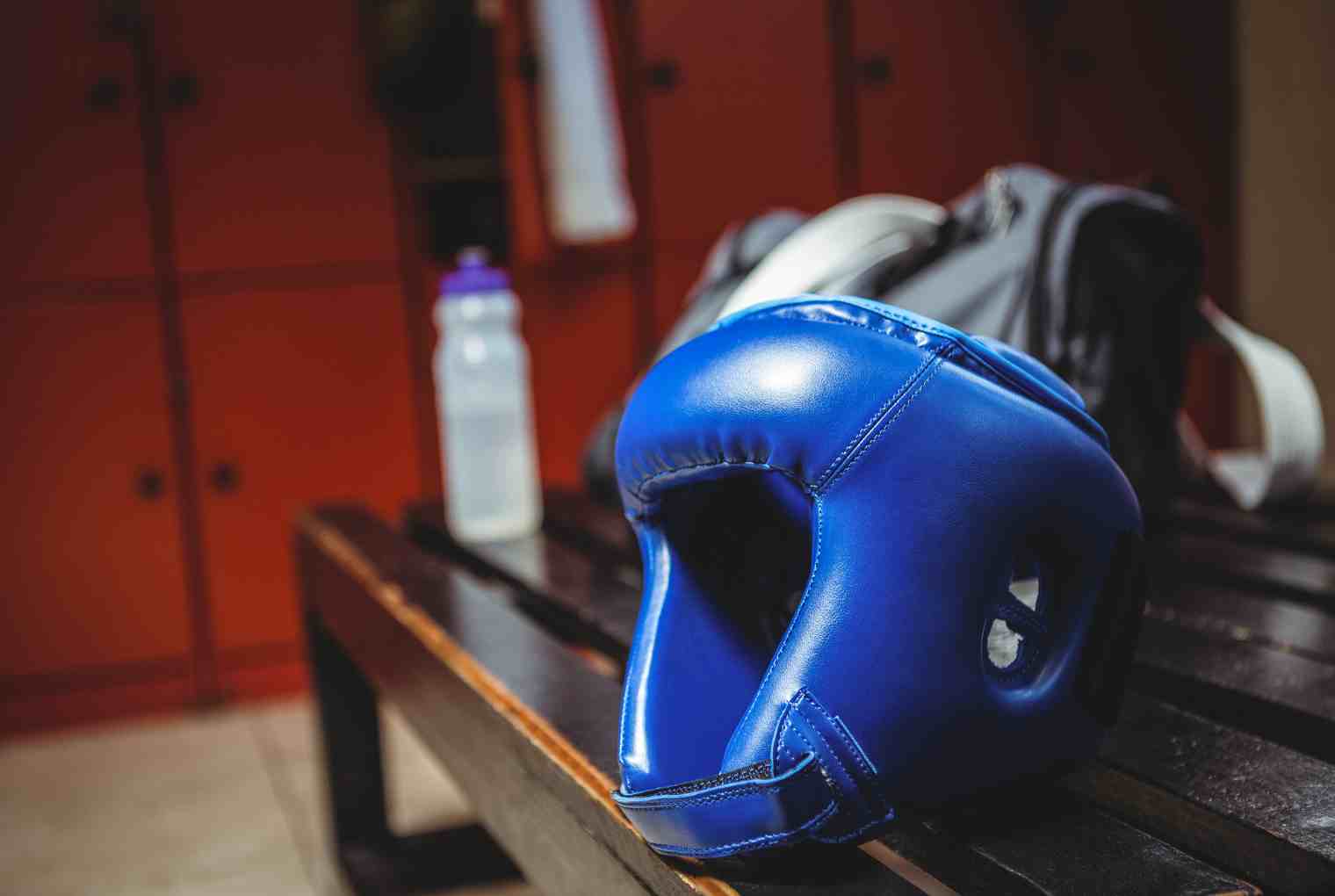Many factors must be taken into account to practice boxing successfully. Among them is the clothing used when training and going out to combat, and one of the key pieces for safety at all times is the boxing helmet. It is a tool designed to protect against serious injuries, bruises, cuts, or other mishaps that may occur. In addition to complete protection, boxing headgear can provide comfort and increase performance.
If you want to know all the information about boxing helmets, we recommend you continue reading and learn about the benefits of using them, the proper way to put them on, their disadvantages, and much more.
Types of boxing helmets
Training helmets: Their design is appropriate for protecting the boxer’s head during practice. They are light but less padded than the ones used in competition, which allows for greater mobility and visibility. In this sense, some models also have cheek or chin protectors.
Competition helmets: They protect the boxer’s head during competitions. They are characterized by being heavier and even more padded than the training ones, which provides greater protection against blows.
Face Shield Helmets: As the name suggests, this variety protects the boxer’s face during training and sparring. They have a visor that covers the face, protecting it against direct blows.
How to place boxing headgear correctly?
Using boxing helmets correctly is essential to guarantee adequate protection while practicing the sport. Below are some tips on how to use boxing headgear properly:
1. It is important to ensure that the helmet is the right size and fits correctly on the boxer’s head. To do this, it must be very well placed so that it does not move during the fight but not so tight as to cause discomfort or breathing difficulties. For this reason, make sure you choose a helmet that fits your head well and has a secure closure system, such as Velcro straps or laces.
2. With this tool, you should cover the head’s top, front, and back, ensuring that the cheeks and ears are completely covered. Adjust the straps or laces so the helmet is secure and cannot move during combat.
3. Check that the boxing helmet provides adequate face protection. This should cover the chin, cheeks, and nose. Openings for the eyes and mouth are also necessary to guarantee good vision and excellent verbal communication.
4. Finally, keeping the boxing helmet in good condition is essential. Therefore, it is best to clean it regularly, following the manufacturer’s instructions. If the boxing headgear suffers significant damage, such as cracks or wear, it is best to replace it to maintain adequate protection.

Benefits of wearing boxing headgear
Using the appropriate head gear for boxing will always benefit the boxer. Some of its advantages are the following:
1. Protection against injuries: The competition helmet is mainly used to protect the head and thus reduce the risk of serious injuries, including concussions, cuts, and skull fractures. Likewise, it helps absorb some of the impact of blows by providing an additional cushioning layer.
2. Prevention of cuts and facial injuries: The competition helmet also protects the face and the boxer’s eyes, reducing the risk of facial injuries. This is particularly important for amateurs, who, by not playing the sport consistently, must seek to minimize the risk of injury.
3. Safety in competition: In many countries, boxing headgear is mandatory during competitions. This is done to ensure minimum safety and security for participants.
Disadvantages of using a boxing helmet
Despite these benefits, there has also been criticism about using competition headgear in boxing. Some people argue that they can affect peripheral vision and the ability to dodge blows, altering both fighting style and the precision of movements. Likewise, it has been suggested that its use can lead to more blows to the head due to the feeling of additional protection. In the following lines, we will explain some disadvantages of using head gear for boxing.
- False sense of security: The helmet can give the boxer a false sense of security, leading them to take more risks and thus expose themselves to stronger blows.
- Vision Limitation: Constant use of this item tends to limit vision, affecting their ability to dodge blows or react to their opponent’s movements.
- Increase in body temperature: using head gear for boxing could increase body temperature, which is why the boxer’s performance may be affected, making them more prone to fatigue during boxing training with the boxing helmet or in the ring.
- Difficulty hearing: Often, the helmet can affect the ability to hear the coach’s instructions while warming up, even during a fight.
It is important to note that although boxing headgear may have some disadvantages, it is still an important tool in reducing the risk of head and facial injuries while practicing this sport. However, it is not foolproof nor eliminates the threat of accidents. Therefore, complementing its use with proper boxing techniques and other equipment, such as mouth guards or hand bandages, is important. Always consult your coach or expert in this sport for specific guidance on using boxing helmets correctly. Likewise, you must follow the safety regulations established in your country.





